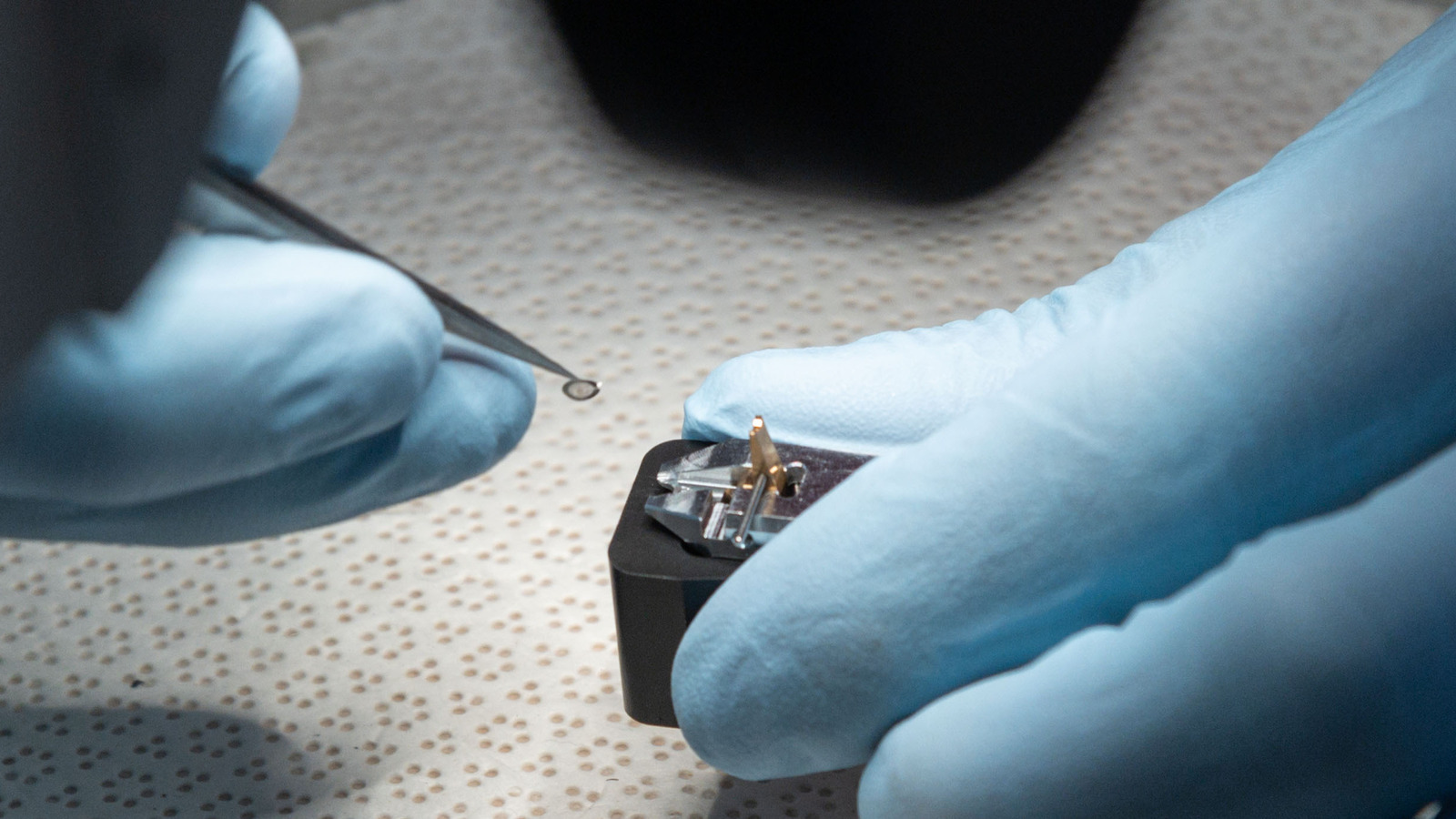
The detection of uracil was made after soaking the asteroid samples in hot water and giving them an acid bath, followed by spectrometric analysis. The Ryugu sample analysis also canceled skepticism that previous discoveries of organic compounds in asteroid samples could be due to contamination from Earth’s atmosphere. That’s because the Ryugu samples were delivered to Earth in sealed containers. The findings once again bring the fringe idea of panspermia into the limelight; it claims that life originates in space and is distributed to other planets by celestial bodies like comets and meteorites. However, it remains unproven and is considered a wild hypothesis in scientific galleries.
In addition to Uracil, the team also uncovered the presence of other organic compounds like nicotinic acid, which is also known as Vitamin B3, and a bunch of other nitrogen-based organic compounds such as amino acids and amines that are an integral part of proteins. The team postulates that these complex compounds were formed when simpler chemicals like ammonia and formaldehyde were exposed to varying environmental extremes on different parts of the asteroid Ryugu.
Notably, the team made the discovery from the analysis of around 23 milligrams of asteroid sample, partly because the Hayabusa2 mission only brought around 5.4 grams of rock and dust fragments. The team is now hedging its hopes on NASA’s OSIRIS-REx mission, which is bringing back nearly 400 grams of material from the asteroid Bennu later this year, for more in-depth and critical comparative analysis.
Stay connected with us on social media platform for instant update click here to join our Twitter, & Facebook
We are now on Telegram. Click here to join our channel (@TechiUpdate) and stay updated with the latest Technology headlines.
For all the latest Gaming News Click Here
